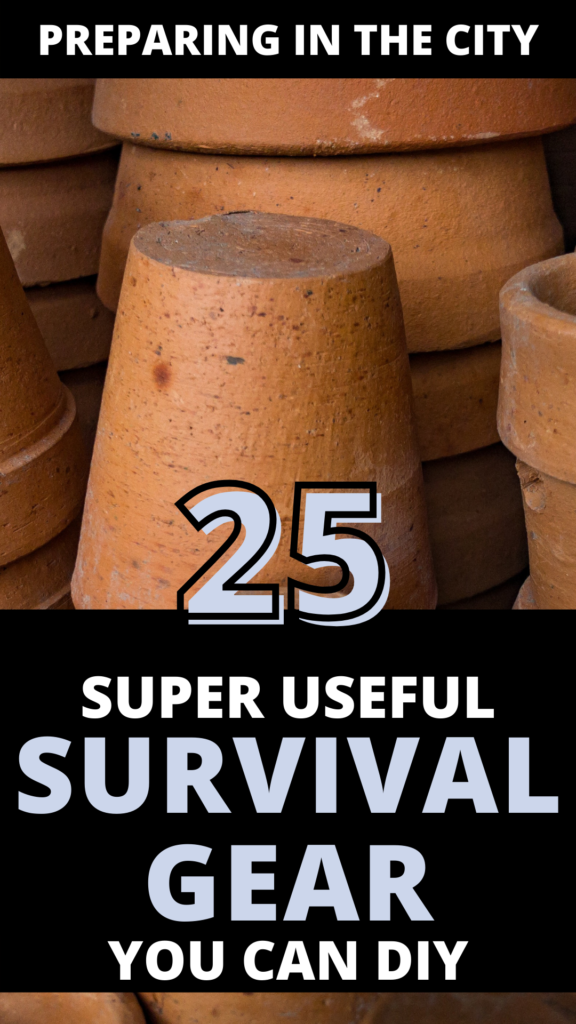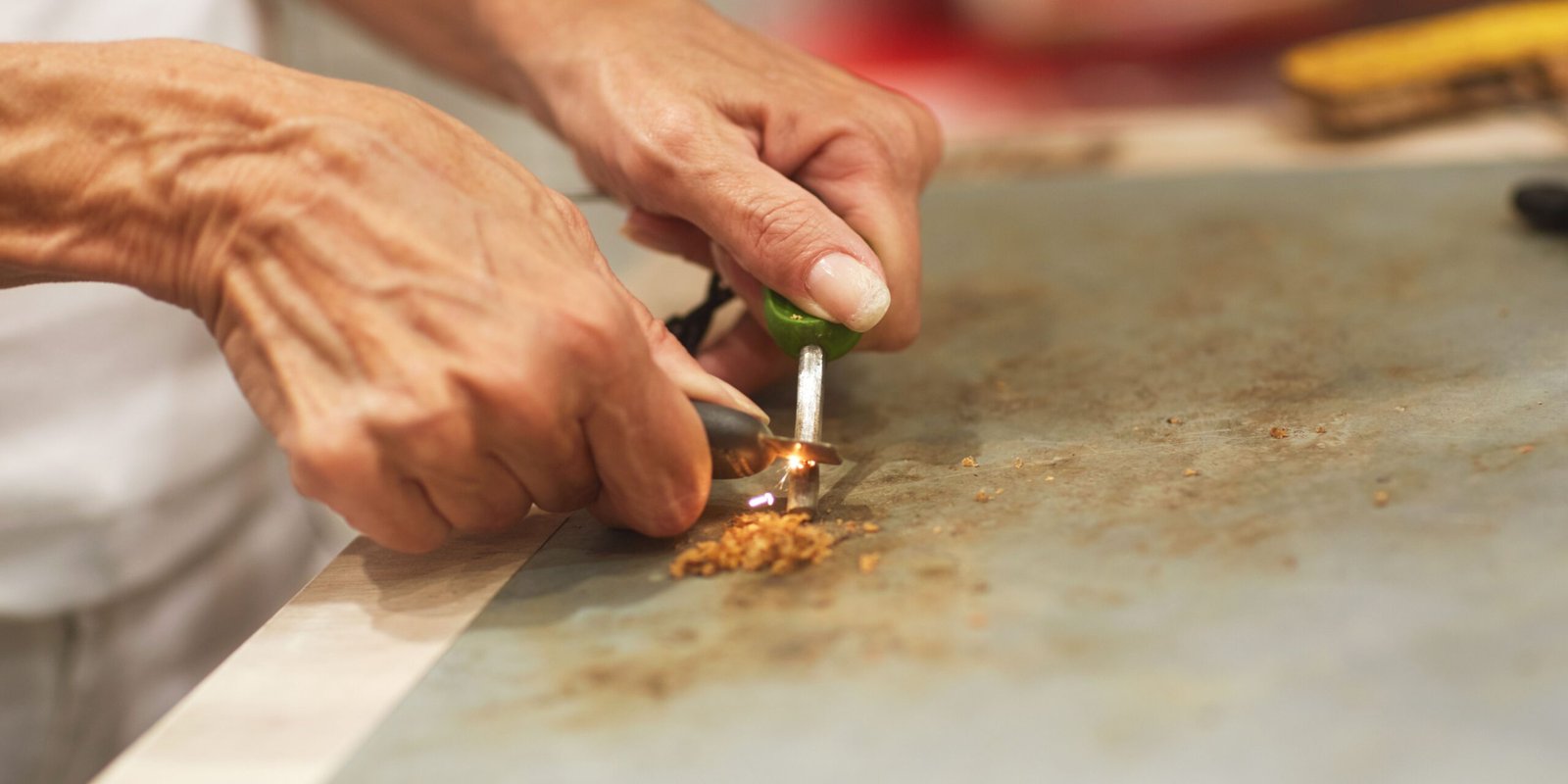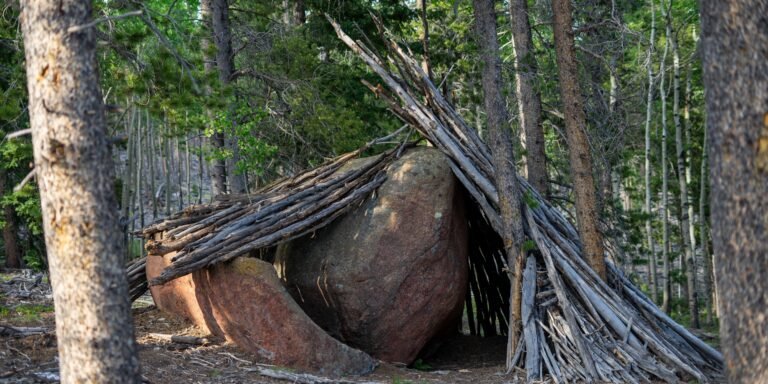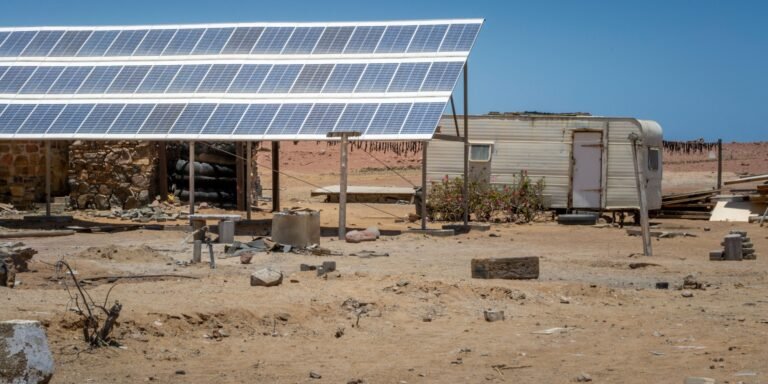26 Survival Items You Can Make At Home In Emergency
This post may contain affiliate links, full disclosure here.
When you’re in a disaster situation it’s essential to have skills that will help you survive. Knowing how to make these survival items can be lifesaving, especially if you failed to prepare or are in a situation where you cannot get to your survival stash of supplies.
Another reason you may want to know how to make survival items is if you go through your stash in an emergency that lasts longer than you prepared for.
Knowledge is power, and if you know how to make some of these items, it could save your life and the life of your friends and family.
Here is a list of 25 survival items you can make and links to videos and tutorials to make them. I highly suggest learning these things and taking notes. You may even want to practice some of these things such as candle making, fire starters, and making an emergency stove.
See also: Top 20 Barter Items to Stockpile
Survival Items You Can Make At Home
You’ll want to make sure you can make your own antibiotics and other medicines. Be sure to load up on some reading materials on how to care for wounds and how to make medicine from plants around you.
Antibiotic Cream for Wounds
In any survival circumstance, being able to correctly heal wounds is critical, and having an easy-to-make remedy on hand will save you from having to hunt for antibiotic ointment. Here is a great recipe for Neosporin.
Poultice
You can make a poultice with ordinary herbs and spices such as turmeric, onion, ginger, garlic, and eucalyptus. Combine your spices with Epsom salts, aloe vera, activated charcoal, baking soda, or coconut oil.
How To Make A Poultice For Minor Inflammation
- 1 teaspoon turmeric powder
- 1 ounce freshly chopped or grated ginger
- ¼ small raw sliced onion
- 1 chopped garlic clove
- 2 teaspoons coconut oil
- cheesecloth or cotton bandage
Add all ingredients into a pot and simmer until it dries, but doesn’t burn onto the bottom of the pan. Then take the dried portion out of the pan and into a bowl to cool. Apply your cooled ingredients to a cloth and then apply to the affected area for 20 minutes.
Candles
Imagine running out of candles in an emergency situation. Luckily candles are a survival item you can make at home. You can use lard or wax to make a candle. Place a wick into an empty jar and secure it so it stays in the middle of the jar. Pour in liquid lard, melted candles, or liquid wax. Make sure to leave the tip of the wick exposed. Then you have a candle for heat or light.
Here is a video to help you make a candle at home.
Oil Lamp
An oil lamp is preferable to a candle because it produces more light and is less likely to be knocked over. A wick, a mason jar, and some olive oil are all you need. Place the wick inside the jar, securing it to the middle of the jar. Pour in your olive oil, leaving the wick tip exposed. Then light the wick and you have yourself an easy heat source.
Fuel
After the emergency, a sustainable life may require some form of fuel to operate motors and generators for transportation and power generation. Fortunately, there is a way to make your own ethanol at home.
Charcoal
You can keep grilling regardless of how long it takes for grocery stores to restock charcoal if you learn to make your own. It’s actually not as difficult as you may imagine; it simply takes some time.
Charcoal is made from burning wood in a lower oxygen environment – here is a guide on making your own charcoal.
Char Cloth
Prepare char cloth ahead of time to carry with you when you need to start a fire. Use a compact metal container, such as an Altoids tin, that can be snugly sealed. To allow smoke to escape, poke a small hole with a nail. If the hole is too large, oxygen will seep in and ignite your cloth.
Use a 100 percent cotton loosely woven material, rip it up, and stuff it inside. Place the tin over a bed of hot coals until it no longer smokes. Allow it to sit until the coals have dissipated. You’ll have your char cloth to carry in your BOB after you open it.
Fire Starter
In a survival situation, having a tried and proven fire starter might mean the difference between life and death. It will be much easier to light a fire if you have a decent fire starter. You can make fire starters in so many different ways but my favorite is to save my dryer lint and stuff my empty toilet paper rolls with them.
You can also dab some vaseline onto a paper towel and that works as an excellent fire starter on its own.
Waterproof Matches
Waterproof matches are ideal for those spending time outside and building their own fires, as they may be used even in damp and freezing conditions. Here is how you can DIY your own waterproof matches.
Tin Can Stove
You may create your own penny can stove and store it in your BOB instead of spending your hard-earned money on a rocket stove or a beautiful Coleman camp stove.
You’ll need the following items to create a cent can stove:
- Two cans of aluminium
- To cut them, use scissors or tin snips.
- Mark your cutting lines using a permanent marker or another method.
- To make holes, use a nail or a punch.
- Sealant made of silicon.
- After the cans have been cut, use a file or sanding block to smooth the cut edges.
- To mark your cans for cutting, you’ll need a thick flat surface and a narrow flat surface.
- a single penny
- Other fuel sources, such as denatured alcohol
A simple burner that uses a few candles to heat canned meals and warm beverages, as well as bake flatbread.
Rocket Stove
A rocket stove is simple to create and can help you bridge the gap between conventional kitchen cooking and roughing it over a campfire without any cooking tools for survival meals.
Solar Oven
You won’t have access to a stove in a survival situation, but you can improve your chances of survival by learning how to make your own solar cooker, which harnesses the sun’s energy to heat a chamber for cooking.
Water Filter
One of the most basic requirements for human living is the availability of potable water. In a survival crisis, knowing how to manufacture your own water filter can save your life.
- See also: Why Filter Your Water In An Emergency
- See also: Best Ways to Purify Water From Any Source
- See also: How To Make Salt and Seawater Drinkable
- See also: Storing Water For Emergency Situations
Aquaponics Garden
Aquaponics is putting fish to work in a literal sense. It just so happens that the labor those fish undertake (consuming and excreting waste) is the ideal fertilizer for plant growth. When fish get to work, they can develop a lot of plants!
One of the most appealing aspects of Aquaponics is that it closely resembles a natural ecosystem. Aquaponics, inspired by nature, leverages the power of bio-integrating these different components: exchanging the waste by-product from the fish as a meal for the bacteria, to be turned into a perfect fertilizer for the plants, and to return the water to the fish in a clean and safe state. In every aquatic environment, mother nature does the same thing.
Try balancing the ecosystems of a garden and an aquarium with an aquaponics garden for a more long-term sustainable food choice. Here is how to build your own.
PVC Bow
Few DIY weapons are handier and easier to create than a bow strengthened with PVC for hunting small to large games and even for defense.
You’re going to need to think of self-defense measures when SHTF, and you might not have access to your guns if you have them, so it’s a good idea on how to make your own weapons, like a PVC bow.
Traps
It’s nearly impossible to carry enough food in a 72 family bug-out pack to last for months at a time. Instead, bring a couple of homemade traps or the ingredients to create one with you. Traps can be helpful if you’re bugging in and have exhausted your food options as well.
Paracord Belt
You never know when you’ll be in a circumstance when a few feet of rope will be the difference between life and death. Wearing a paracord belt allows you to keep a long length of rope with you at all times.
See also: Best Paracord And Paracord For Emergencies and The Ultimate Paracord Projects List For Preppers
Hard Tack
This basic snack requires only three ingredients (flour, salt, and water) and is extremely simple to prepare. It will also persist for many years. Here is how you can make your own hardtack.
Compass
A compass is an essential survival gear for anyone surviving in the woods, and it’s still a good idea for urban and suburban preppers to carry one as well.
Many disasters, it turns out, have the ability to radically reshape the landscape and obliterate regularly used landmarks, making navigating impossible.
Isn’t it true that if you don’t have a compass for this circumstance, you’re doomed? Not so fast: with just a fine, ferrous needle, a piece of cork, and a non-magnetic container or vessel that can hold water, you can quickly create a rudimentary, but effective enough compass:
All you have to do is magnetize the needle so that it interacts with the Earth’s magnetic field, just like any other compass.
It will undoubtedly rotate to point magnetic north if it is placed in the cork and then floats on the surface of the water.
Obviously, compared to a true compass, utilizing this for an accurate bearing is difficult, but it will send you in the right direction.
Butter
When the SHTF, having homemade butter on hand will come in handy for cooking, especially if you’re forced to cook outside without non-stick cookware.
- 1 pint heavy whipping cream
- Large bowl of ice water
- Salt to taste (optional)
- jar with a tight fitting lid
Fill your jar with a tight-fitting lid with a pint of heavy cream or whipping cream. Start shaking (if you’re doing it by hand, you’ll need a lot of elbow grease). The cream will become whipped cream first, with soft, then hard peaks. Continue until the cream has broken. If you shake the cream by hand, you’ll hear a sloshing sound and then feel something solid hitting the jar’s sides.
Pour out the buttermilk once the butter has been set and kept it for baking (or drinking!). Place the butter in a mixing bowl. Rinse the butter with icy water and push off any leftover buttermilk with a small spatula or a spoon. Repeat the process after draining the water. Keep rinsing and squishing the butter with the ice water until the water runs clear. Then, if desired, add some salt and massage it into the butter.
Emergency Bread
You might want to brush up on your bread baking skills so you’re ready to feed your family if SHTF. Bread is very filling and it only takes a few ingredients to make. I’ll leave it up to you to find your favorite bread recipe, but this is the one I use at my house.
Zeer Pot
Basically an old-fashioned refrigerator. With a homemade Zeer pot, you can extend the life of your food and keep it fresh. Many rural areas in Africa and the Middle East have utilized Zeer pots to naturally chill food and keep it fresh for longer.
Soap
Every prepper should be able to create their own soap. In a long-term disaster where sanitation is deteriorating, diseases are on the rise, and doctors are absent, hygiene will be even more crucial. Don’t forget to make some hand sanitizer also!
Deodorant
Deodorant, while not essential for survival, can improve your mood and humanity by keeping you smelling fresh when showers are not easy to find…
Lotion
So that your skin doesn’t become irritated or cracked, you’ll want to keep it in good shape. Disasters are difficult enough as it is, so anything that may lessen the pain is worthwhile. Be sure to make extra lotion for the kids if you have them.
You can also use coconut oil to keep your skin from cracking up.








